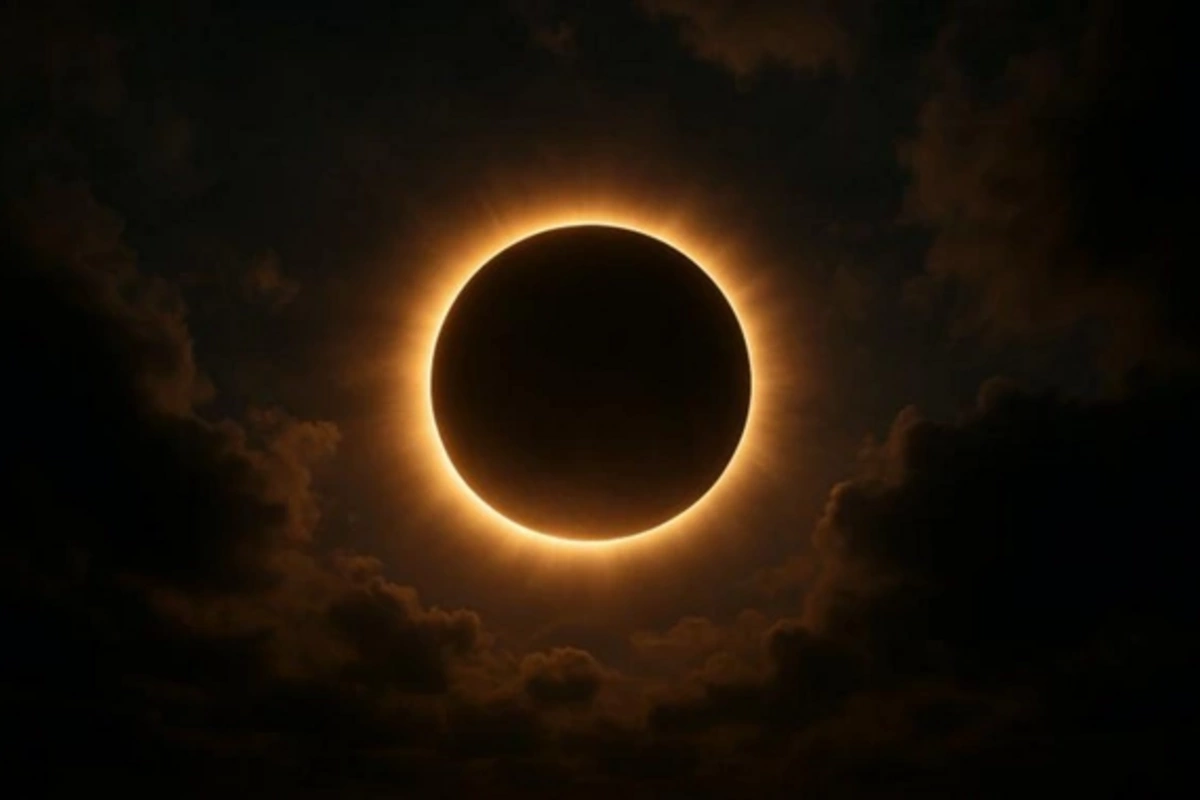27 Jun , 16:47
0

The Great Eclipse of 2186: Humanity Will Witness an Unprecedented Cosmic Show
Earth's inhabitants will become witnesses to a truly historic astronomical event in 2186. A total solar eclipse will plunge part of the planet into absolute darkness for a record 7 minutes and 29 seconds. This will be the longest eclipse over a colossal period of 12,000 years - from 4000 BC to 8000 AD. Humanity has never observed such a phenomenon and will not see anything like it in the foreseeable future.
This is reported by TUT.AZ with reference to pravda.ru.
Why the eclipse will be so long
A total solar eclipse occurs when the Moon completely covers the Sun, casting its shadow on a narrow strip of Earth. Usually, the total phase lasts no more than 2-4 minutes. Rarely - up to 6 minutes. But the eclipse of 2186 will last almost twice as long as normal.
This record became possible thanks to a unique confluence of cosmic circumstances:
The Moon will be at perigee, that is, at its closest point to Earth. It will appear slightly larger in the sky.
The Sun at this moment will be close to the apogee of its visible trajectory, causing its angular size in the sky to become slightly smaller than usual.
The rotation speed of the Earth and its position relative to the Moon and Sun will be such that the cone of the lunar shadow will linger over the same part of the planet for the maximum amount of time.
This combination of extremely rare factors will create the effect of an almost 8-minute night in the middle of the day.
How NASA calculates eclipses centuries in advance
NASA specialists use complex three-dimensional models based on Newton's laws of celestial mechanics. These algorithms take into account the mass, shape, size, and orbits of Earth, Moon, and Sun. The programs can predict with astonishing accuracy not only the date and duration of the eclipse but also its trajectory.
Errors in such calculations are minimal - less than one minute even when forecasting several centuries ahead.
These models account not only for gravitational interaction but also for the slowing of Earth's rotation due to tidal friction, continental drift, and the gradual movement of the Moon away from Earth at a rate of 3.8 cm per year. Therefore, the calculations remain relevant even on a millennial horizon.
Where you can see the longest eclipse
On July 16, 2186, the Moon's shadow will pass through the territories of the following countries:
Colombia
Venezuela